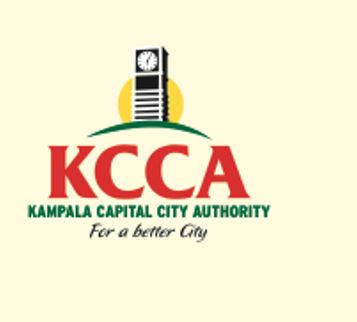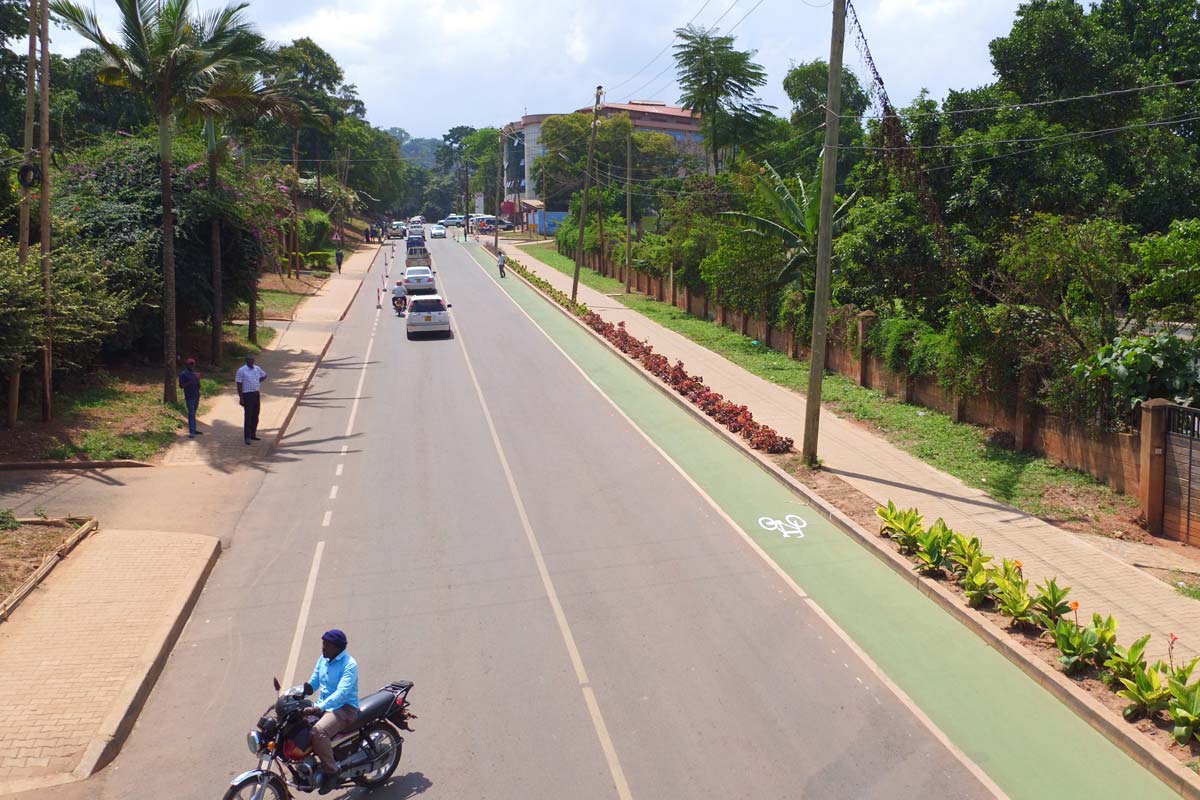The implementation of the Pilot Non Motorised Transport Corridor
The City of Kampala has decided to trailblaze in this area of transforming urban mobility in East Africa, a region renowned for traffic congestion and stressful commuting. This was necessitated by the ever-increasing urban population and the resultant increased demand on infrastructure.


Overview of the project
A study funded by UN Habitat was carried out by Move Mobility DV, that culminated into a design for the Pilot NMT corridor on Namirembe road to Luwumu Street.
Some of the key components are:
- The route was designed to discourage through traffic from Bakuli to the Namirembe road, and from Namirembe road to Luwum street
- Characterized by shopping malls and arcades with wide verandas, one of the major activities involved decluttering footways e.g. telecom control units, electricity poles etc. The implementation targeted to reconstruct the damaged walking spaces and construct new and wider spaces to accommodate more pedestrians
- The existing road space was reclaimed to avail cycle lanes, walkways and green strips to of 4-5metres on average and provision of shared routes for the two road user groups
- The project allowed for land acquisition where necessary to expand and fit within the minimum specified standards of the walkways
- All parking spaces along the route were replaced by cycle lanes and or flower beds to give more life and beauty to the walkway
- The pilot allowed for provision of safe bicycle parking facilities to encourage more cyclists who would prefer to utilize other modes during their travel to safely store their bicycles but also plan for bicycle sharing in the city as a long term intervention on the route
- Provision of traffic signals at Ben Kiwanuka to provide pedestrian phasing through the heavy vehicular traffic as the road was maintained for multi road use
- Provision of speed tables along all vehicular trafficked roads to allow for reduced speeds at all crossing points. This improved the safety of pedestrians at the crossings
Retrofitting the corridor through beautification, greening and providing seats for public use. This aims to bring life to the street and make it a destination where people will go for leisure and not majorly work. This will not only improve livability but also change the peoples’ views on sustainable mobility modes
The NMT corridor will be lit with bright yellow street lights that will not only improve night time visibility for traders and movement but also allow for night life to prosper.
The NMT Pilot Corridor targeted to improve and stimulate active travel (walking and cycling) while providing safe spaces for a highly pedestrianized section of the city. It eased sustainable access to public transport (Taxi Parks) reducing imbalances in the access to transport opportunities for the different income groups.
Pilote operation, experimentation
12/01/2018 - 03/31/2020
- The implementation of the pilot provided 2.1km of NMT space with demarcated cycle lanes and walkways, conversion of shop verandas into sheltered walkways for harsh weather times
- Through traffic was permitted only at major junctions from the Taxi parks with 5.0metre wide crossing points painted at the junctions and where necessary
- At Ben Kiwanuka junction, a pedestrian signal phase installed to allow for safe crossing of pedestrians and cyclists. Flowers and green grass were planted along the median islands of the corridor
- Pending implementation are storage bicycle racks, seating chairs, street lighting and enforcement of proper use
- Integrating land use with transport planning has helped in managing traffic generated by the various activities within the downtown city centre. This has also minimized the pollution that was seen before from the emissions and noises from vehicles.
- There have been mixed use developments that have helped in proper utilization of space and buildings along the two streets.
- The provision of dedicated cycle lanes and walking paths allowed for the use of active mobility modes as a way to access facilities between down town and upper Central Business Area.
- The implementation of this project targeted to completely eliminate road traffic injuries and fatalities along the NMT corridor which had become a daily contributor to the city’s statistics.
- The dangerous mix of modes that were witnessed before have been minimized hence reducing accidents. Green spaces were allowed in the Islands to improve quality of life in the area.
Government of Uganda
organisation
Kampala Capital City Authority (KCCA) is a government agency that is functions to manage and maintain the city and all administrative functions. KCCA is comprised of nine Directorates among which is a directorate of Engineering and Technical services that carries forward that mandate of planning, implementing and maintaining infrastructure, planning transport in the city and ensuring that mobility is safe and accessible to all, among other functions.
UN HABITAT – FEASIBILTY STUDY
PROME CONSULTANTS LIMITED UGANDA – CONSULTANTS


